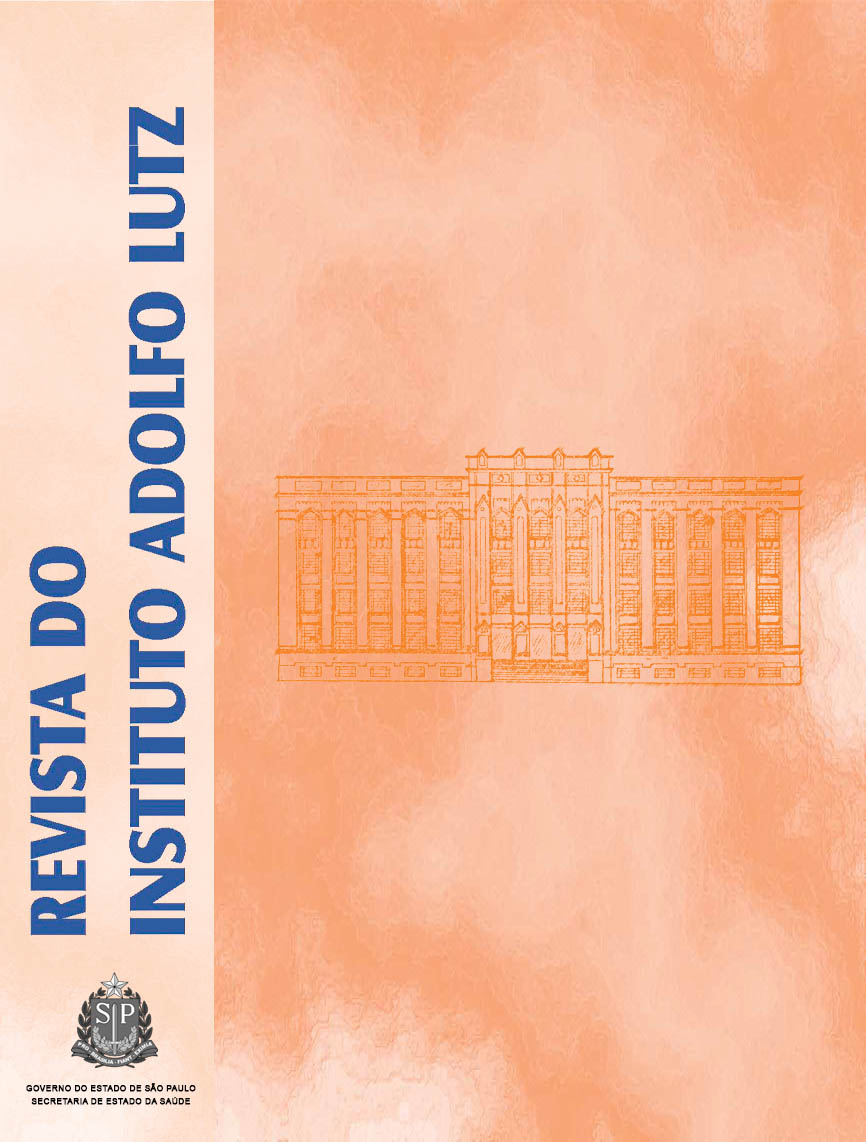Abstract
The mixtures of green banana and Brazilian nut flours were prepared and characterized on food nutritional
additive value. Varied percentage of Brazilian nut flour (5%, 10% and 15%) were combined with green banana flour. The centesimal composition of the mixture was determined by means of chemical analyses in the individual raw materials and in the mixed flours. For being distinct raw materials, the centesimal composition of both green banana and Brazilian nut flours showed significant differences in all of the
analyzed chemical constituents. An increase in the average contents of proteins, lipids, and ashes, and a
decrease in total carbohydrates were found in the mixed flours. The mixture of Brazilian nut flour in up to 15% in green banana flour demonstrated the best nutritional value when compared with the respective raw materials. It is suggested to perform further studies on the same raw materials and adding Brazilian nut flours containing low lipid contents, for increasing the concentration of the total fibers, proteins and minerals contents in the prepared flours mixtures.
References
1. Izadoro DR, Scheer AP, Sierakowski MR, Haminiuk CWI. Influence of green banana pulp on the rheological behaviour and chemical characteristics of emulsions (mayonnaises) chemical characteristics of emulsions (mayonnaises). LWT 2008 41:1018-28.
2. Fasolin LH, Almeida GC, Castanho PS, Netto-Oliveira ER. Biscoitos produzidos com farinha de banana: avaliações química, física e sensorial. Ciênc Tecnol Alim. 2007; 27(3):787-92.
3. Borges AM, Pereira J, Lucena EMP. Caracterização da farinha de banana verde. Ciênc Tecnol Alim. 2009; 29(2): 333-9.
4. Ovandro-Martinez M, Sáyago-Ayerdi S, Agama-Acevedo E, Goñi I, Bello-Pérez LA. Unripe banana flour as an ingredient to increase the undigestible carboydrates of pasta. Food Chem. 2009; 113:121-6.
5. Muir JG, O’dea K. Validation of an in vitro assay for predicting the amount of starch that escapes digestion in the small intestine of humans. Am J Clin Nutr. 1993; 57:540-6.
6. Muir JG, O’dea K. Measurement of resistant starch: factors affecting the amount of starch escaping digestion in vitro. Am J Clin Nutr. 1992; 56:123-7.
7. Haralampu SG. Resistant starch: a review of the physical properties and biological impact of RS3. Carbohyd Polym. 2000; 41: 285-92.
8. Camph M, Faisant N. Resistant starch: analytical and physiological aspects. Bol SBCTA. 1996; 30(1):37-43.
9. Yue P, Waring S. Resistant starch in food applications. Cer Food World. 1998; 43(9):690-5.
10. Gutierrez EMR, Regitano-D´arce MAB, Rauen-Miguel AMO. Estabilidade oxidativa do óleo bruto da castanha do Pará (Bertholletia excelsa). Ciênc Tecnol Alim. 1997; 17(1):22-7.
11. Souza ML, Menezes HC. Processamento de amêndoa e torta de castanha-do-brasil e farinha de mandioca: parâmetros de qualidade. Ciênc Tecnol Alim. 2004; 24(1):120-8.
12. Gonçalves JFC, Fernandes AV, Oliveira AFM, Rodrigues LF, Marenco RA. Primary metabolism componentes of seeds from Brazilian Amazon tree species. Short Communication. Braz J Plant Physiol. 2002; 14(2):139-42.
13. Castro RV. Efeitos quimioterápicos do selênio no câncer da mama. [acesso 2010 jan 12]. Disponível em: [http://www.correionet.com. br/~rvcastro].
14. Alvarenga RM. Palavra de médico. Tudo o que você deve saber sobre as novas Fontes da Juventude. [acesso 2010 jan 26]. Disponível em: [http://www.palavrademedico.cjb.net/].
15. Souza JML, Silva RF, Leite FMN, Reis FS. Castanha-do-brasil: despeliculada e salgada. Brasília, DF: Embrapa Informação Tecnológica. (Coleção Agroindústria Familiar). 2009. 37p.
16. Association of Official Agricultural Chemists. Official Methods of Analysis of the Association of Official Agriculture Chemists. 17 ed. Washington. 2002.
17. American Association of Cereal Chemists - AACC. Approved methods of the American Association of Cereal Chemists. 9 ed. St. Paul. 1995. 2v.
18. Anderson LA, Dibble MV, Turkki PR, Mitchell HS, Rynbergen HJ. Nutrição. Rio de Janeiro: Guanabara; 1988.
19. Ferreira DS. Sisvar: Sistema de análises de variância para dados balanceados: Programa de análises estatísticas e planejamento de experimentos, Versão 4.3. Lavras. UFLA. 2000.
20. Boen TR, Soeiro BT, Filho ERP, Lima-Pallone JA. Avaliação do teor de ferro e zinco e composição centesimal de farinhas de trigo e milho enriquecidas. Rev Bras Ciênc Farmac. 2007; 43(2):589-96.
21. Felberg I, Deliza R, Gonçalves EB, Antoniassi R, Freitas SC, Cabral LC. Bebida mista de extrato de soja integral e castanha-do-brasil: caracterização físico-química, nutricional e aceitabilidade do consumidor. Alim Nutr. 2004; 15(2): 163-74.
22. Glória MM, Regitano-D’arce MAB. Concentrado e isolado protéico de torta de castanha-do-pará: Obtenção e caracterização química e funcional. Cienc Tecnol Alim. 2000; 20(2):240-5.
23. Travaglini DA, Neto MP, Bleinroth EW, Leitão MFF. Bananapassa: princípios de secagem, conservação e produção industrial. Campinas, SP. Instituto de Tecnologia de Alimentos – ITAL. (Manual Técnico n.12). 1993. 73p.
24. Brasil. Ministério da Agricultura, Pecuária e Abastecimento. Instrução Normativa nº 8, de 02 de junho de 2005. Regulamento técnico de identidade e qualidade da farinha de trigo. Diário Oficial [da] União. Brasília, DF, 03 jun. 2005. [acesso 2010 jan 10]. Disponível em: [http://e-legis.anvisa.gov.br/leisref/public/ showAct.php?id=19023].
25. Cohen KO, Chisté RC, Mathias EA. Produção de farinha mista de mandioca e castanha-do-brasil. Belém. Embrapa Amazônia Oriental. (Documentos, 227). 2005. 20p.
26. Wang SH, Cabral LC, Maia LH, Araujo FB. Mingau de arroz e soja pronto para consumo. Pesq Agropec Bras. 1999; 24(5): 855-60.
27. Dreher ML. Food industry perspective: functional properties and food uses of dietary fiber. In: Kritchevsky D, Bonfield C, editors. Dietary fiber in health & disease. Minnesota: Eagan Press; 1995. p. 467-74.
28. Brasil. Ministério da Saúde. Portaria nº 27, de 13 de janeiro de 1998. Aprova o Regulamento técnico referente a informação nutricional complementar. Diário Oficial [da] República Federativa do Brasil. Brasília, DF, 15 jan 1988. [acesso 2009 set 10]. Disponível em: [http://e-ligis.bvs.br/leisref/public/showAct.php?id=97].

This work is licensed under a Creative Commons Attribution 4.0 International License.
Copyright (c) 2010 Instituto Adolfo Lutz Journal
